25 Essential Tips To Make Food And Drinks Last Longer
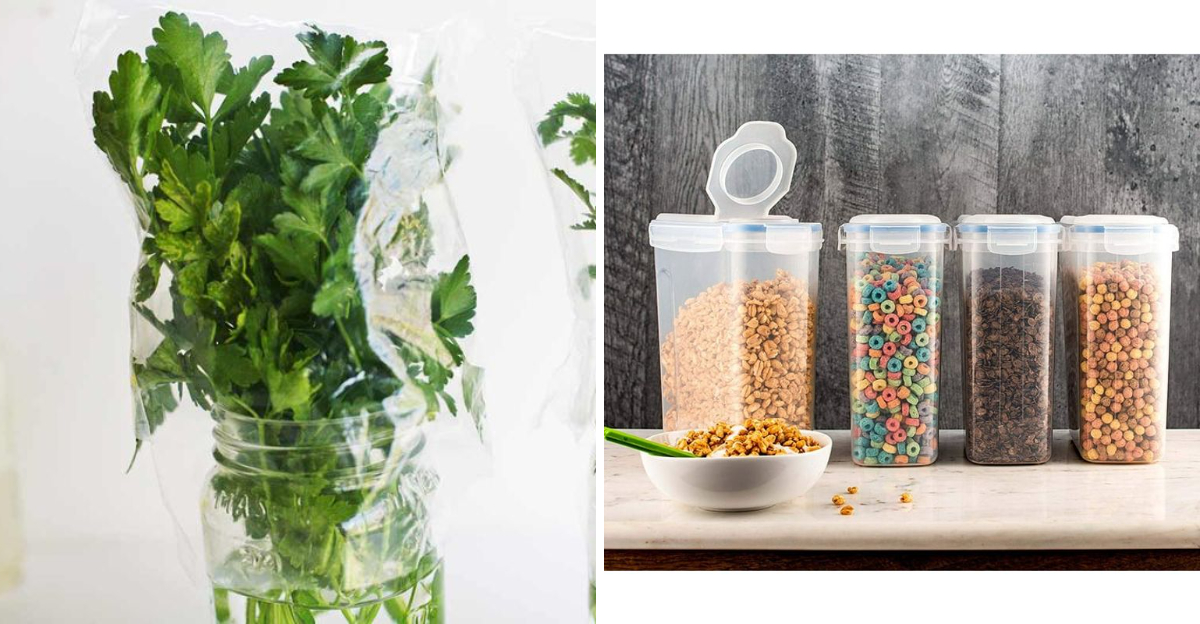
Less waste, more savings—here’s how to stretch every bite and sip. Tired of tossing out wilted greens or spoiled milk? You’re not alone. But with a few smart storage tricks and prep habits, you can extend the life of your groceries and keep your kitchen running smoother (and cheaper). These tips aren’t complicated—just practical, time-tested, and totally doable.
1. Store herbs in a jar of water like flowers
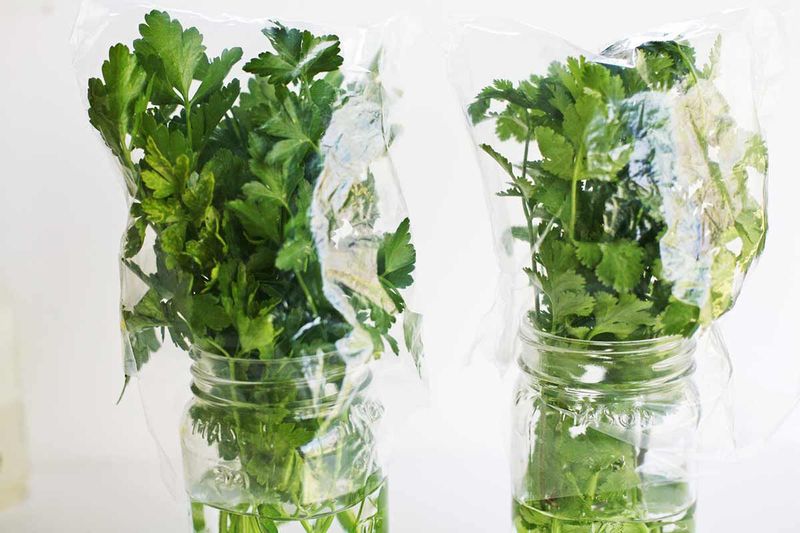
Treat your herbs like a bouquet of fresh flowers for lasting freshness. Pop parsley or cilantro upright in a jar with a splash of water. Cover the top loosely with a plastic bag to create a mini greenhouse effect. The water hydrates, while the bag retains moisture without suffocating the greens. This simple setup extends the life of your herbs. Imagine the savings when you’re able to enjoy fresh flavors in your dishes for weeks rather than days. This practice also makes grabbing herbs for cooking more convenient.
2. Wrap leafy greens in paper towels
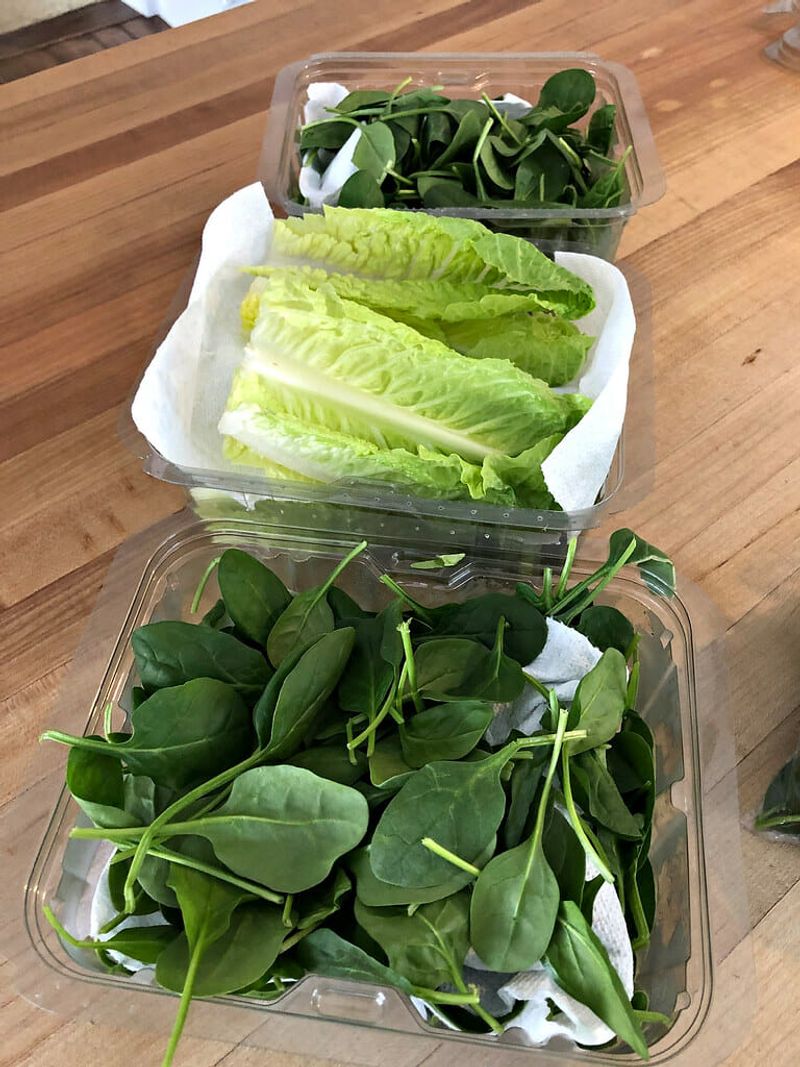
Moisture is the arch-nemesis of leafy greens. By wrapping them in paper towels, you combat that culprit, ensuring freshness. The towels absorb excess moisture, preventing sogginess and extending shelf life. Place the wrapped greens in a vegetable drawer. You’ll notice the crispness lasts longer. This method is perfect for those who love adding crunchy greens to salads or sandwiches. Plus, it’s a cost-effective way to reduce waste and enjoy your greens to the last leaf.
3. Keep apples away from other fruits
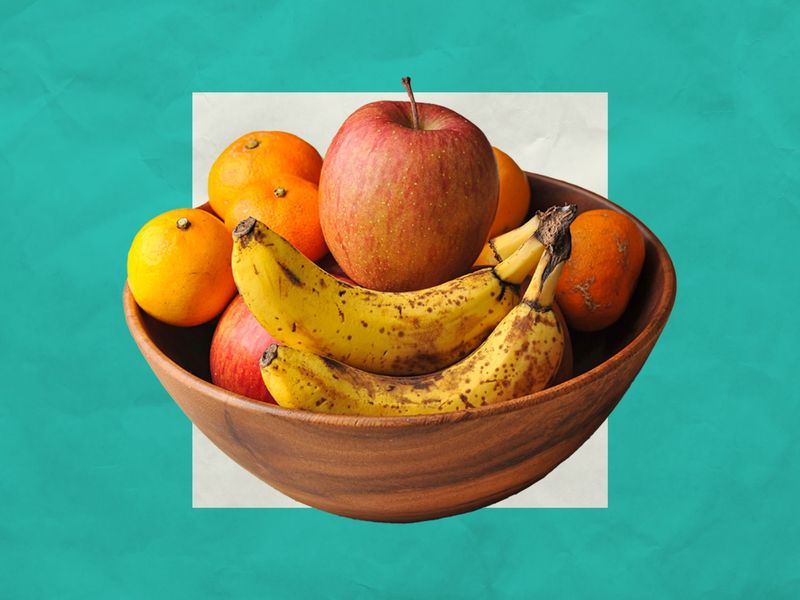
Ever wonder why some fruits spoil faster? Blame ethylene gas—secretly emitted by apples, it accelerates ripening in nearby produce. The solution is simple: store apples separately. This isolation slows the ripening process of other fruits, letting each reach its full, delicious potential without rushing. This strategy also helps you manage your fruit inventory better, ensuring you enjoy everything at its freshest. It’s a small adjustment with big benefits for your fruit bowl.
4. Freeze leftover broth in ice cube trays
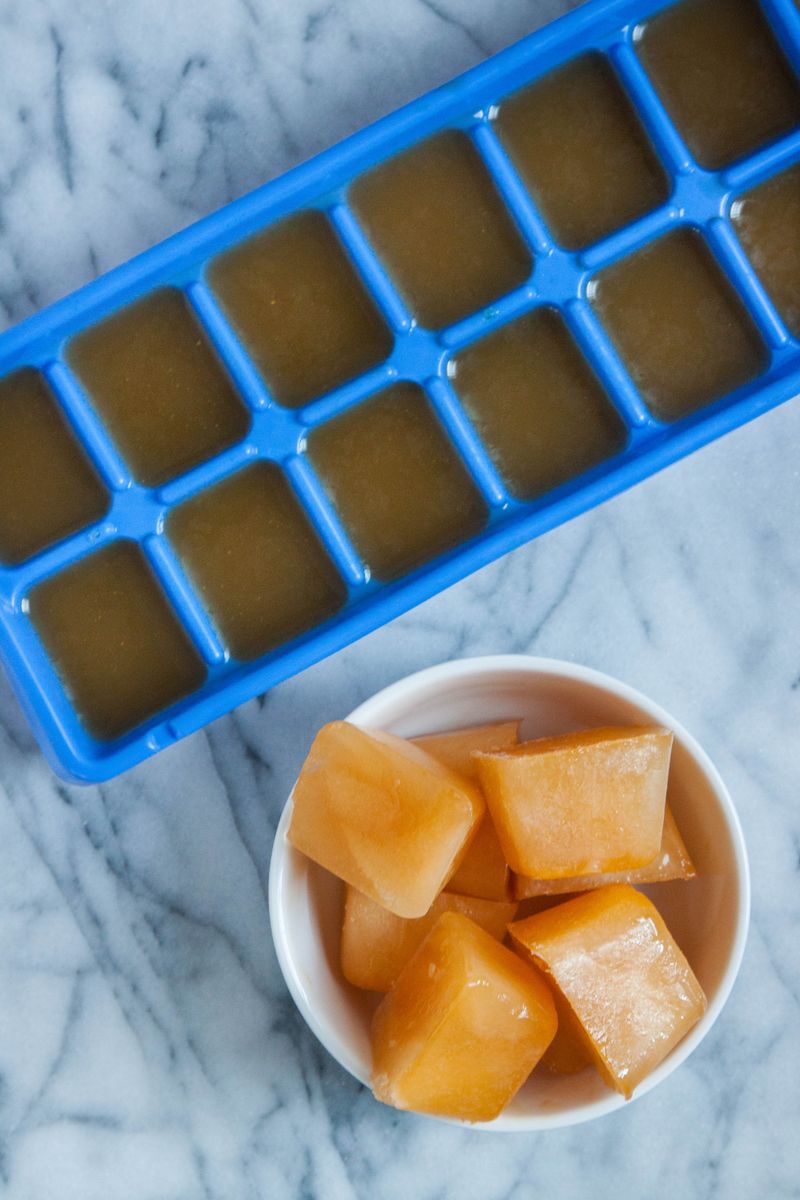
Leftover broth often faces a tragic end down the drain. But freezing it in ice cube trays gives it new life and purpose. Each cube represents a burst of flavor, ready to jump into soups, sauces, or rice dishes. This method’s beauty lies in its convenience: grab exactly what you need without defrosting a whole container. It’s a smart way to reduce waste while maintaining culinary versatility. Plus, it frees up pantry space while keeping your taste buds excited.
5. Don’t wash berries until you’re ready to eat them
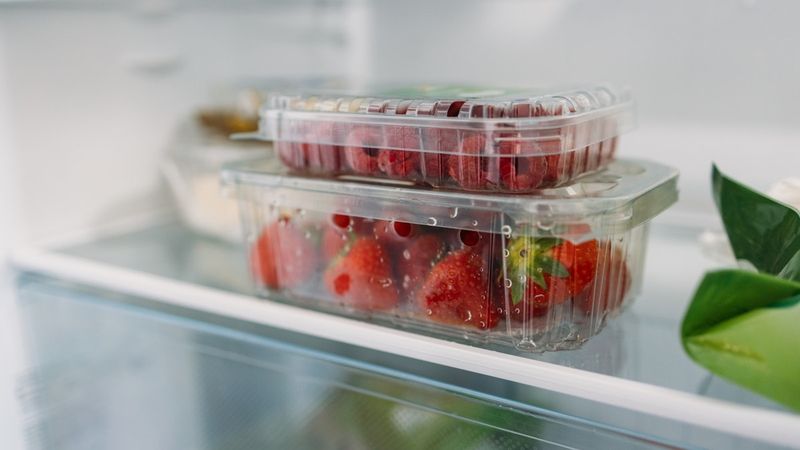
Berries are nature’s candy, but moisture turns them into a moldy mess. Keep them fresh by resisting the urge to wash until you’re ready to indulge. Unwashed berries last longer in the fridge because they stay dry. When it’s snack time, a simple rinse is all they need. This method preserves their natural sweetness and texture, ensuring every bite is as delightful as the first. It’s a delicious way to prolong their shelf life and savor them at their best.
6. Use airtight containers for snacks and cereal
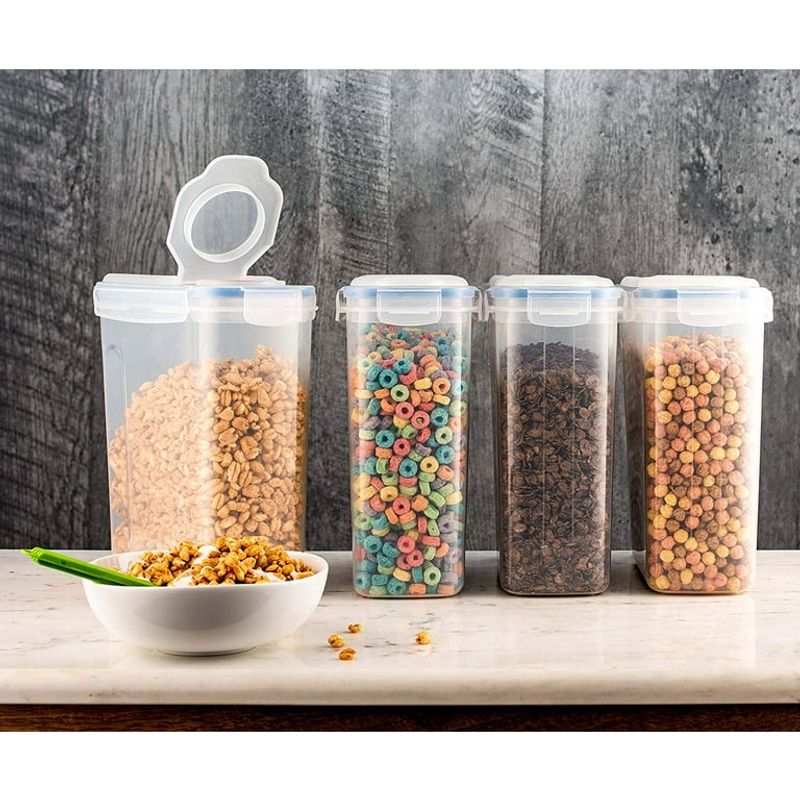
Nothing ruins a snack like staleness. Airtight containers are your best defense, sealing in freshness and keeping pests at bay. They’re perfect for cereal, chips, and other dry goods. The tight seal prevents air and moisture from sneaking in, maintaining that oh-so-satisfying crunch. It also makes organizing your pantry a breeze, with clear visibility of what’s inside. This method not only extends the life of your snacks but also adds a level of convenience and order to your kitchen.
7. Label and date your leftovers
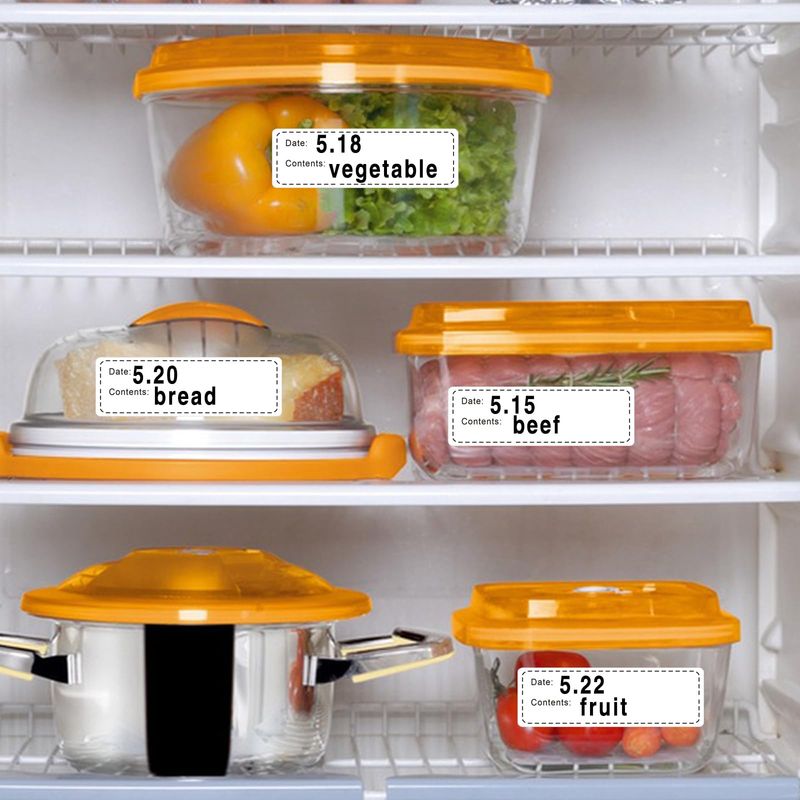
Leftovers can be culinary treasures—or forgotten relics. By labeling and dating them, you eliminate the mystery and maximize their potential. This simple practice ensures you know what’s in your fridge and when it needs to be consumed, reducing waste. It encourages you to incorporate leftovers into new meals, sparking creativity. Plus, it keeps your fridge organized, allowing you to see what you have at a glance. It’s a straightforward way to manage your meals and save money.
8. Store dairy in the coldest part of the fridge (not the door)
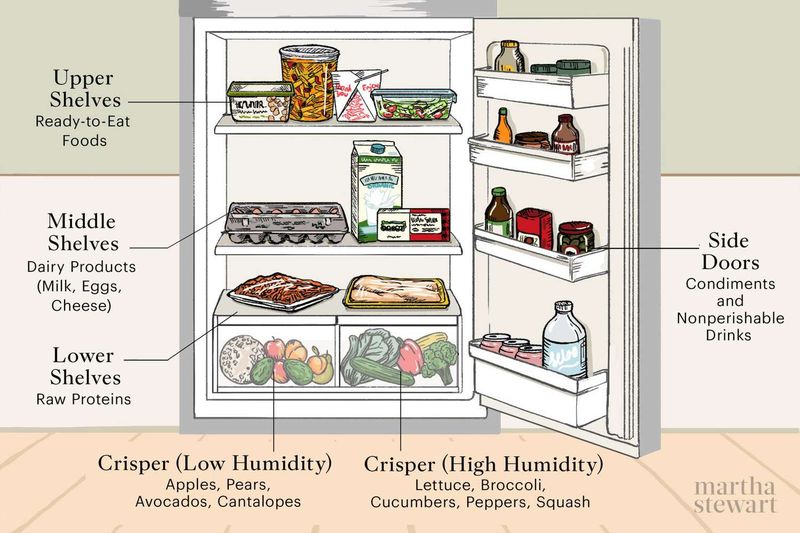
Dairy is a staple, but its freshness can be fleeting. Store it in the coldest part of the fridge—typically the back of the shelves—rather than the door, where temperatures fluctuate. This practice prolongs the shelf life of milk, yogurt, and cheese, ensuring they stay fresh and delicious. By giving dairy a consistent, cool environment, you reduce the chances of spoilage and get more bang for your buck. It’s a small change that can have a big impact on your grocery bill.
9. Revive wilted veggies in ice water
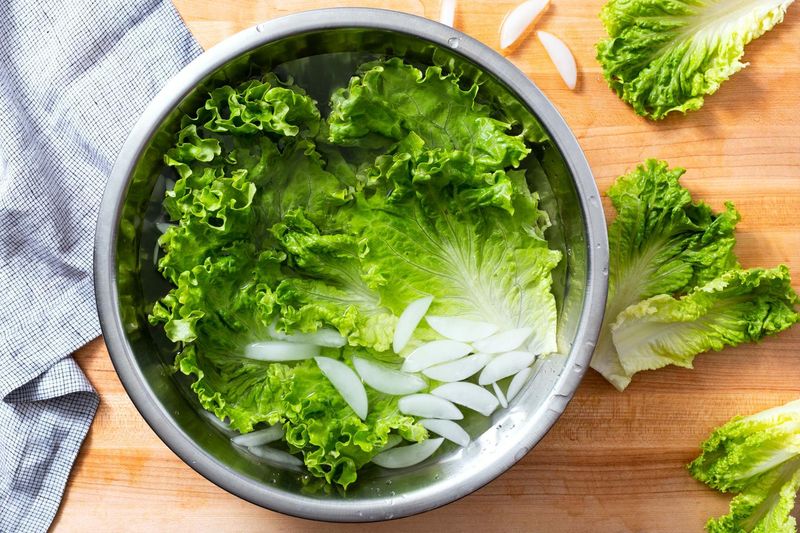
Limp veggies might seem destined for the compost, but there’s hope. An ice water bath can work wonders, restoring their vitality and crunch. Submerge wilted carrots or celery, and watch as they perk up. This method is a lifesaver for meal prep, saving you from making extra trips to the store. It’s a refreshing way to get more life out of your produce, ensuring nothing goes to waste. Plus, it’s a fun experiment to see the transformation firsthand.
10. Don’t store onions and potatoes together
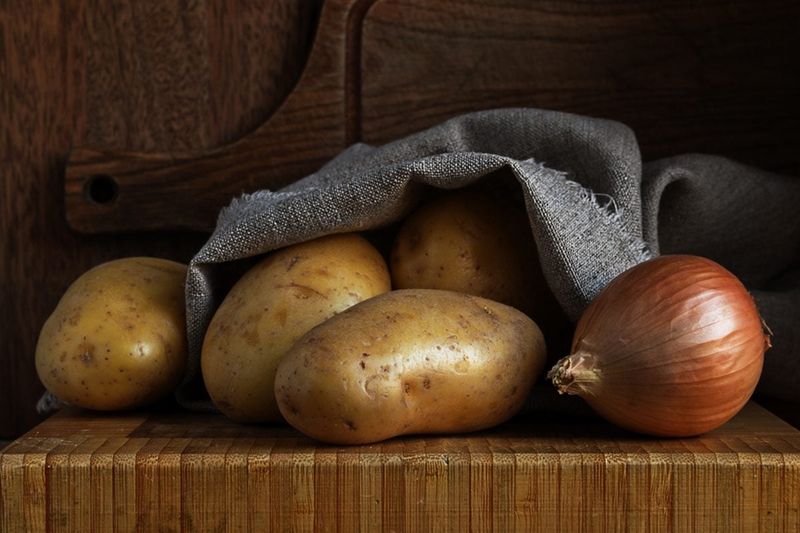
Onions and potatoes are kitchen staples, but they’re better off apart. Store them separately to prevent spoilage, as they release gases that can cause each other to sprout and rot. Separate baskets or bins in a cool, dark place is ideal. This simple separation extends the life of both, keeping them fresh and usable longer. It’s an easy adjustment that saves money and reduces waste, allowing you to enjoy these versatile ingredients without the rush.
11. Use vinegar to wash produce
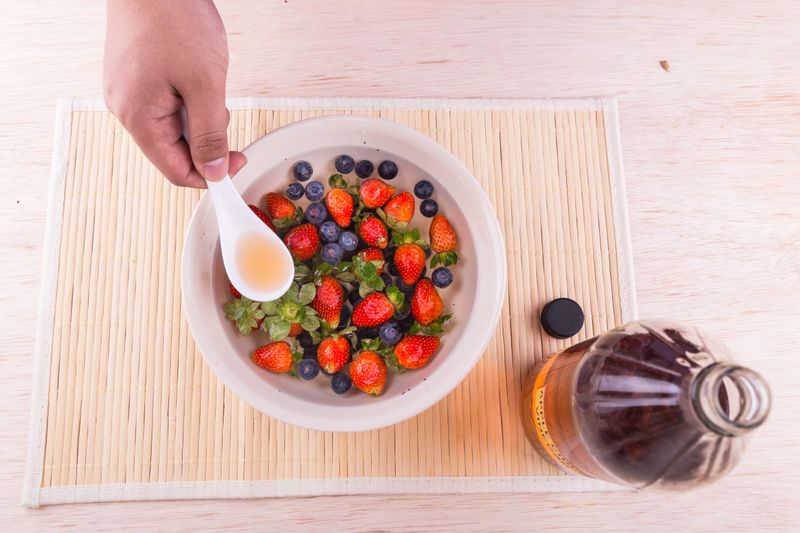
A simple vinegar soak can make a world of difference for your produce. Mix one part vinegar to three parts water, and immerse your fruits and veggies. This natural wash removes bacteria and mold spores, keeping produce fresher longer. It’s a chemical-free way to ensure your food is safe and lasts. After soaking, rinse well with water to remove the vinegar taste. This method offers peace of mind and extends the life of your groceries, ensuring you savor every bite.
12. Store nuts and seeds in the freezer
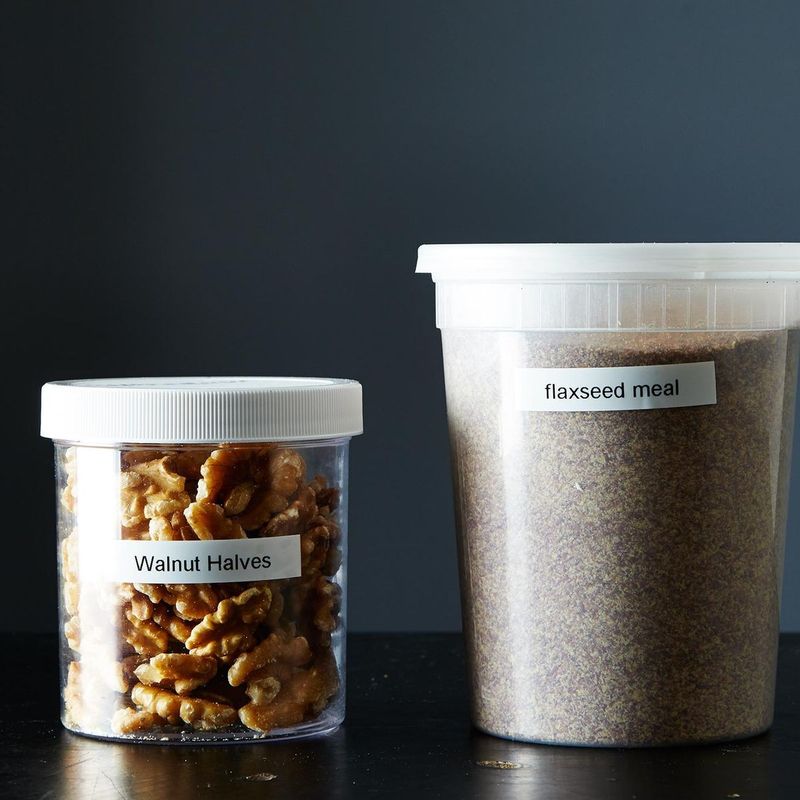
Nuts and seeds may seem long-lasting, but their natural oils can turn rancid at room temperature. Freezing them locks in freshness for months. Use airtight containers or freezer bags to prevent freezer burn. This method preserves their flavor and nutrition, ensuring they’re ready for snacking or baking at a moment’s notice. It’s a straightforward way to maintain a fresh supply and reduce waste. Plus, it keeps your pantry organized and free from spoilage surprises.
13. Transfer dry goods to glass jars or containers
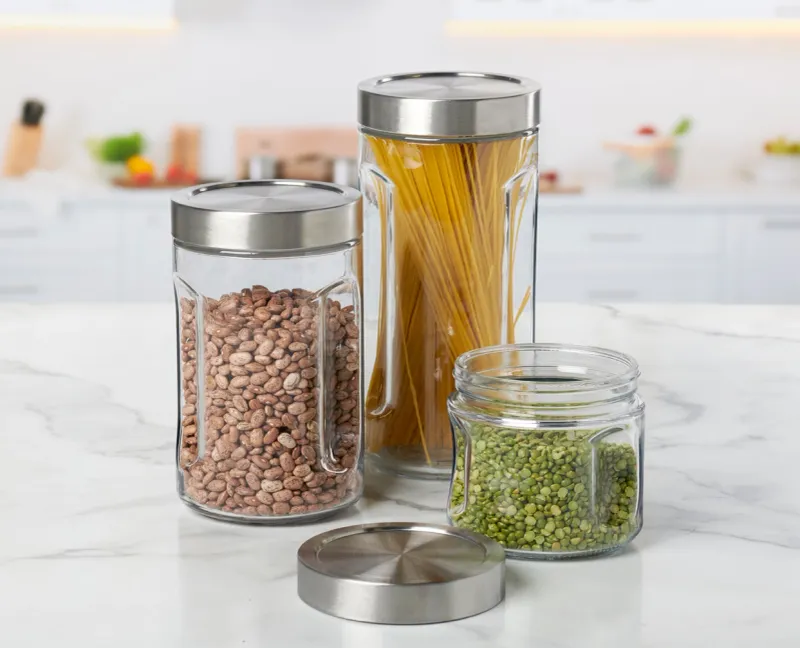
Dry goods deserve proper care to maintain their quality. Transfer items like rice, pasta, and flour into glass jars or containers. These provide a sturdy barrier against moisture and pests, keeping contents fresh. The transparency helps with organization, allowing you to see what needs replenishing. This method not only extends the life of your pantry staples but also adds an aesthetic touch to your kitchen. It’s a practical and stylish way to manage your food storage.
14. Portion and freeze meat right away
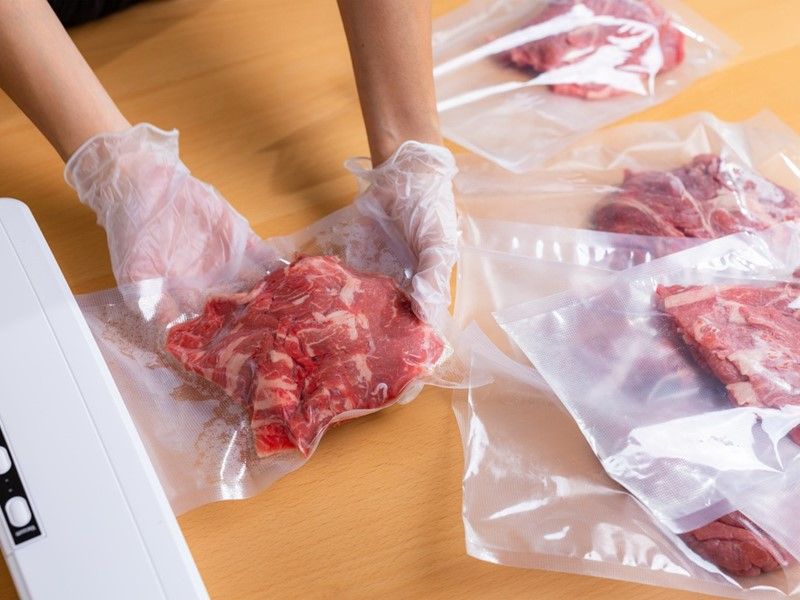
Don’t wait for meat to spoil—portion and freeze it immediately. Divide into meal-sized servings and store in freezer-safe bags or containers. This practice ensures freshness and convenience, allowing you to thaw only what you need. It reduces waste and makes meal planning easier. With meat ready at your fingertips, you save time and avoid last-minute grocery runs. It’s a proactive approach to preserving quality and enjoying your favorites without haste.
15. Keep bananas away from other produce
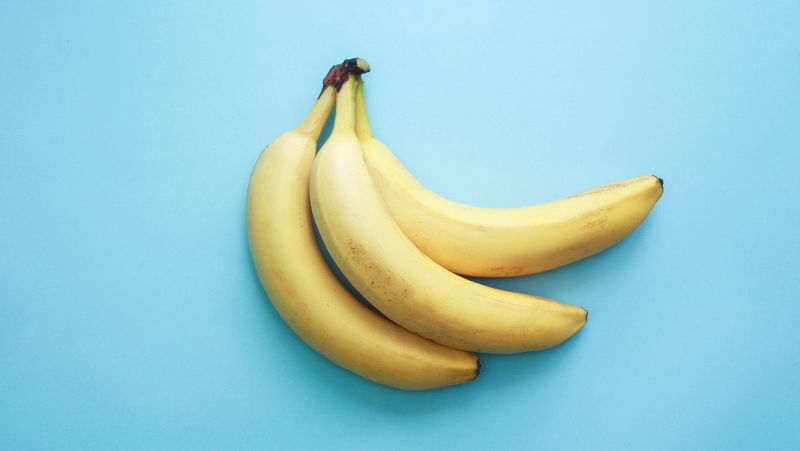
Bananas are ethylene-emitting powerhouses, accelerating ripening in nearby produce. Store them solo to prevent other fruits from maturing too quickly. This separation extends the life of everything in your fruit bowl, reducing waste. It’s a simple yet effective adjustment for maintaining freshness. Plus, it allows you to enjoy bananas at your preferred ripeness without rushing. This method offers a better balance of flavors and textures in your fruit selection, enhancing every snack.
16. Use citrus peels to flavor water or tea before they dry out
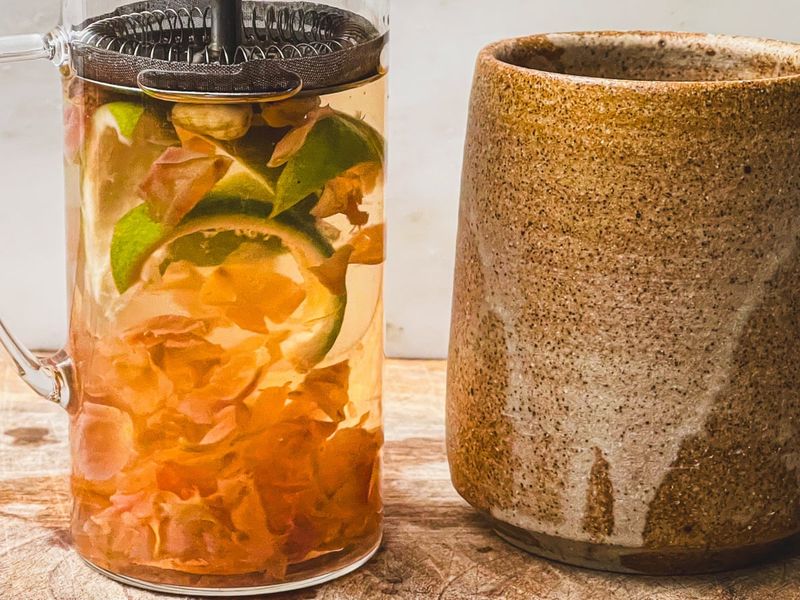
Citrus peels are bursting with flavor—don’t let them go to waste. Use them to infuse water or tea, adding a zesty twist to your drinks. Before they dry out, zest or freeze the peels for later use. This practice enhances your beverages naturally, providing a refreshing alternative to artificial flavors. It’s an economical way to maximize citrus and elevate your daily hydration. Plus, it adds a creative touch to your drink preparation, making it more enjoyable.
17. Wrap cheese in wax paper, not plastic
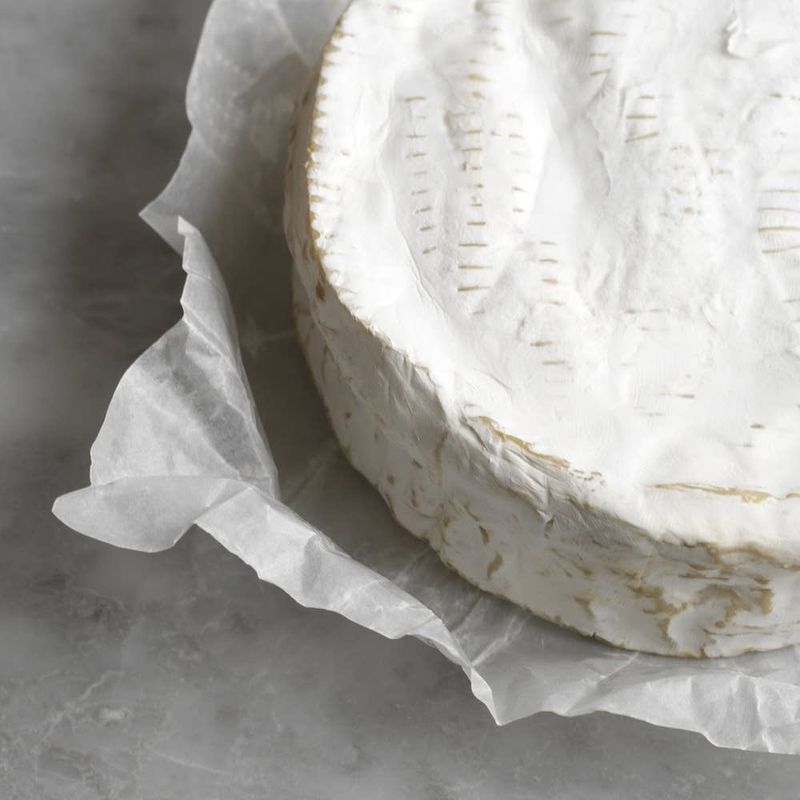
Cheese needs to breathe, and plastic just won’t do. Wrap it in wax paper to maintain its texture and flavor. Unlike plastic, wax paper allows moisture to escape, preventing mold and preserving quality. Store the wrapped cheese in a fridge drawer for optimal conditions. This small change makes a big difference, letting you savor the full depth of flavors without spoilage. It’s a gourmet approach to cheese care that respects the artistry of its creation.
18. Add a paper towel to salad bags
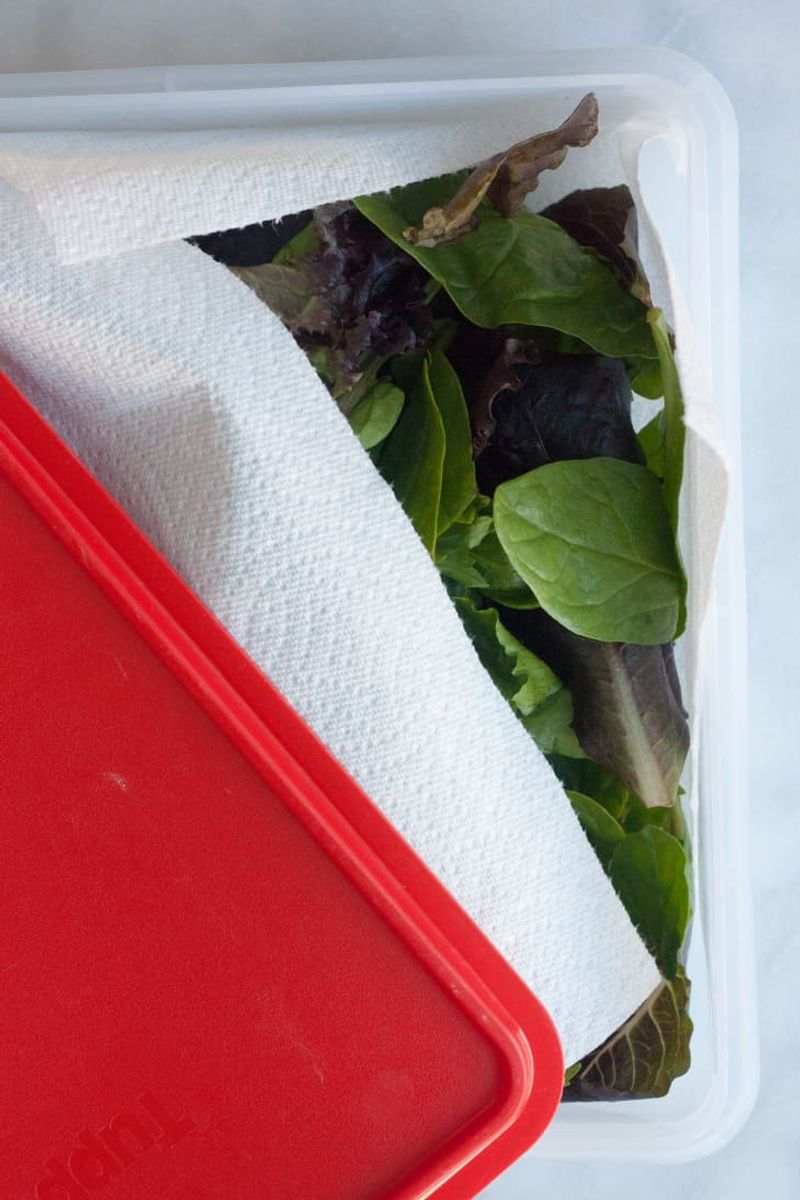
Salad bags are convenient, but moisture is their downfall. Add a paper towel to soak up excess water, prolonging the life of your greens. This simple trick keeps leaves crisp and appetizing, preventing wilting. It’s an easy way to ensure your salads remain fresh from store to table. The towel acts as a silent guardian, preserving freshness without extra effort. It’s a practical solution for busy lifestyles and a smart way to reduce food waste.
19. Freeze extra coffee in cubes
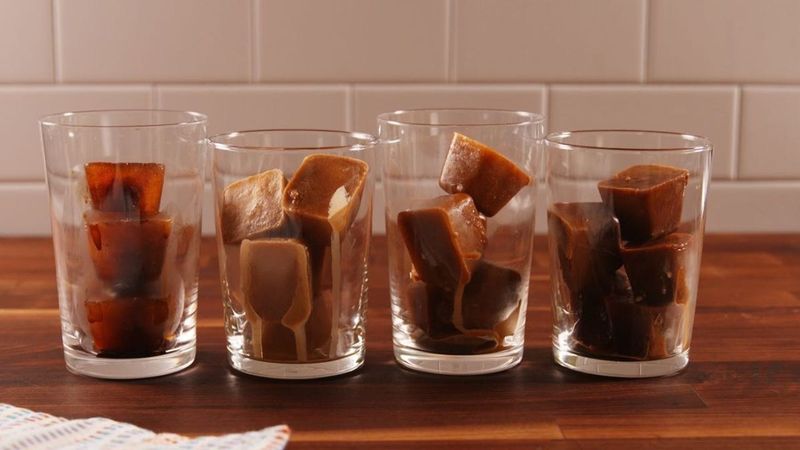
Coffee lovers, rejoice—extra brew need not go wasted. Freeze it in ice cube trays for future iced coffee without dilution. Each cube retains the robust flavor, enhancing your summer sips. This method is perfect for those who enjoy iced coffee regularly, providing a quick and flavorful base. It’s a convenient way to enjoy your favorite drink while reducing waste. No more watered-down beverages, just pure coffee bliss in every glass.
20. Don’t overpack your fridge
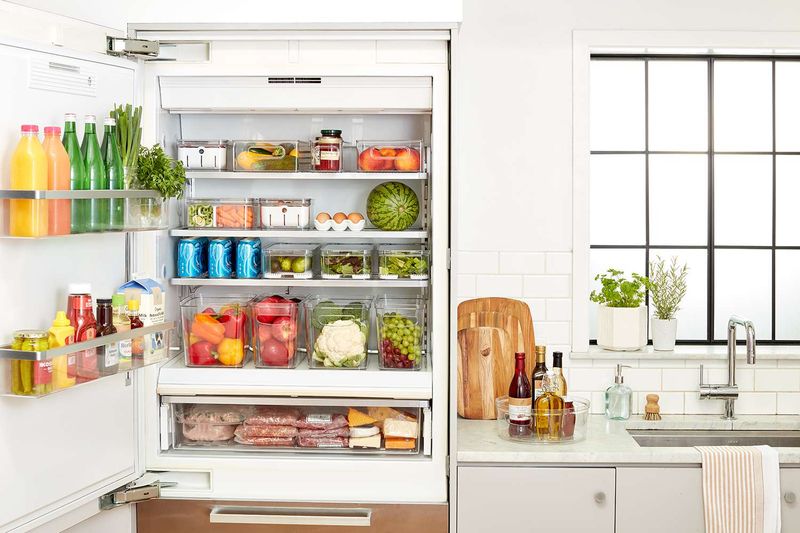
An overstuffed fridge is a recipe for spoilage. Proper airflow is crucial for maintaining even temperatures. By not overpacking, you ensure every item stays cool and fresh. This practice prevents food from spoiling quickly and helps you keep track of what you have. It also reduces energy consumption, as the fridge doesn’t have to work as hard. A well-organized fridge is a key to extending food life and making meal preparation more efficient.
21. Shake your salad dressing bottles before storing
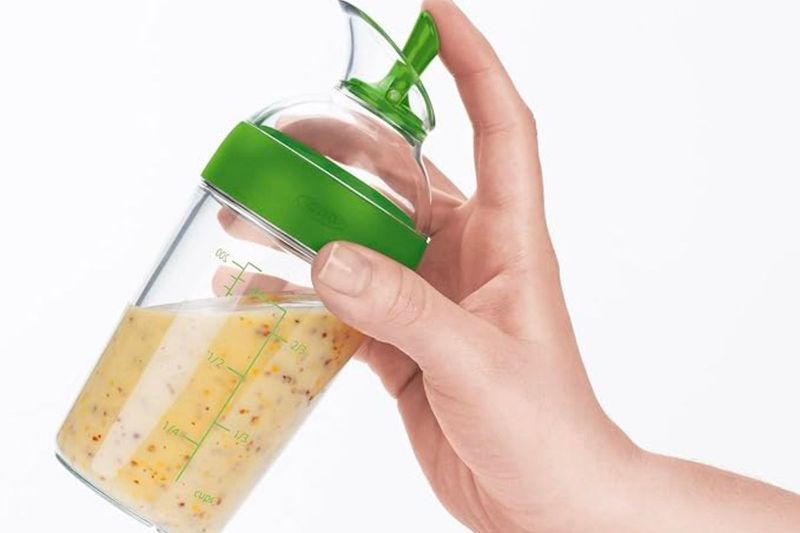
Keeping salad dressing emulsified extends its shelf life. A quick shake before storing helps maintain the mixture’s stability. This simple habit ensures the ingredients remain evenly distributed, preserving flavor and quality. It’s a proactive approach to maintaining freshness. Plus, it makes dressing your salads easier, as you get the perfect blend every time. This method keeps your meals flavorful and reduces waste, allowing you to enjoy every drop.
22. Keep tomatoes at room temperature
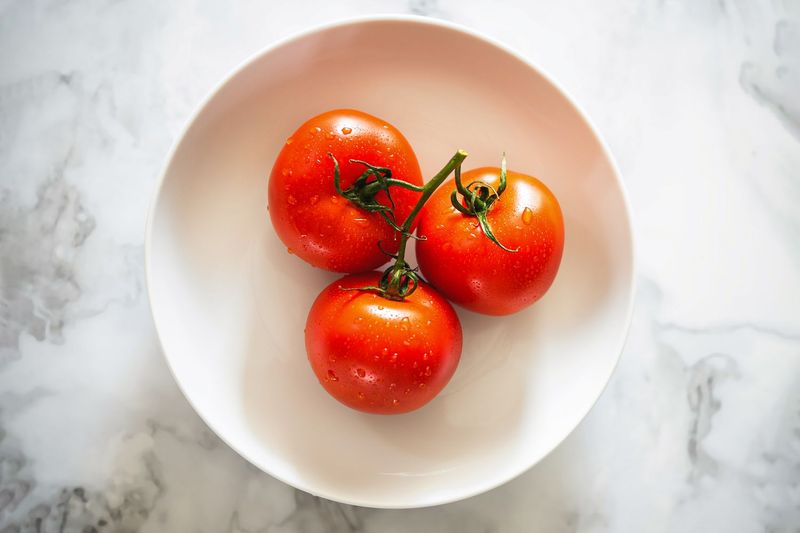
Tomatoes are sensitive to cold, which can ruin their flavor and texture. Keep them at room temperature for optimal taste. Store them away from direct sunlight to prevent over-ripening. This practice ensures they stay juicy and flavorful until you’re ready to enjoy them. Once cut, refrigerate to preserve them a bit longer. Enjoy the true taste of tomatoes, enhancing your culinary creations naturally and deliciously. It’s a simple way to appreciate this versatile fruit fully.
23. Use older fruit in smoothies or baking

Don’t let overripe fruit go to waste—turn it into something delicious. Use them in smoothies or baking, where their sweetness shines. This practice transforms potential waste into delightful treats, reducing food waste while satisfying your sweet tooth. From banana bread to berry smoothies, the possibilities are endless. It’s an economical and tasty way to make the most of your fruit. Plus, it encourages creativity in the kitchen, with unique flavor combinations waiting to be discovered.
24. Rewrap meat from store packaging
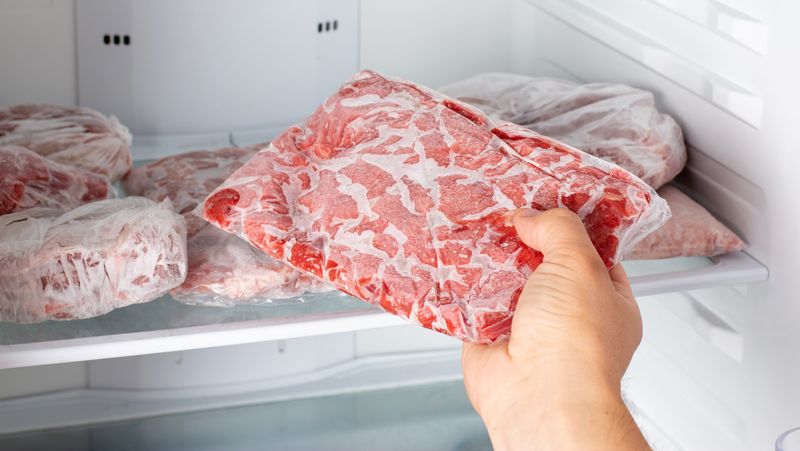
Store packaging isn’t always freezer-friendly. Transfer meat to butcher paper or freezer-safe bags for better protection. This ensures a tighter seal, preserving flavor and preventing freezer burn. It’s a proactive step to maintain quality and extend its shelf life. By rewrapping, you maintain freshness and reduce waste. It’s a simple adjustment that makes a big difference, ensuring your meals are as delicious as intended. Plus, it offers flexibility in storage and meal planning.
25. Rotate pantry and fridge items (first in, first out)
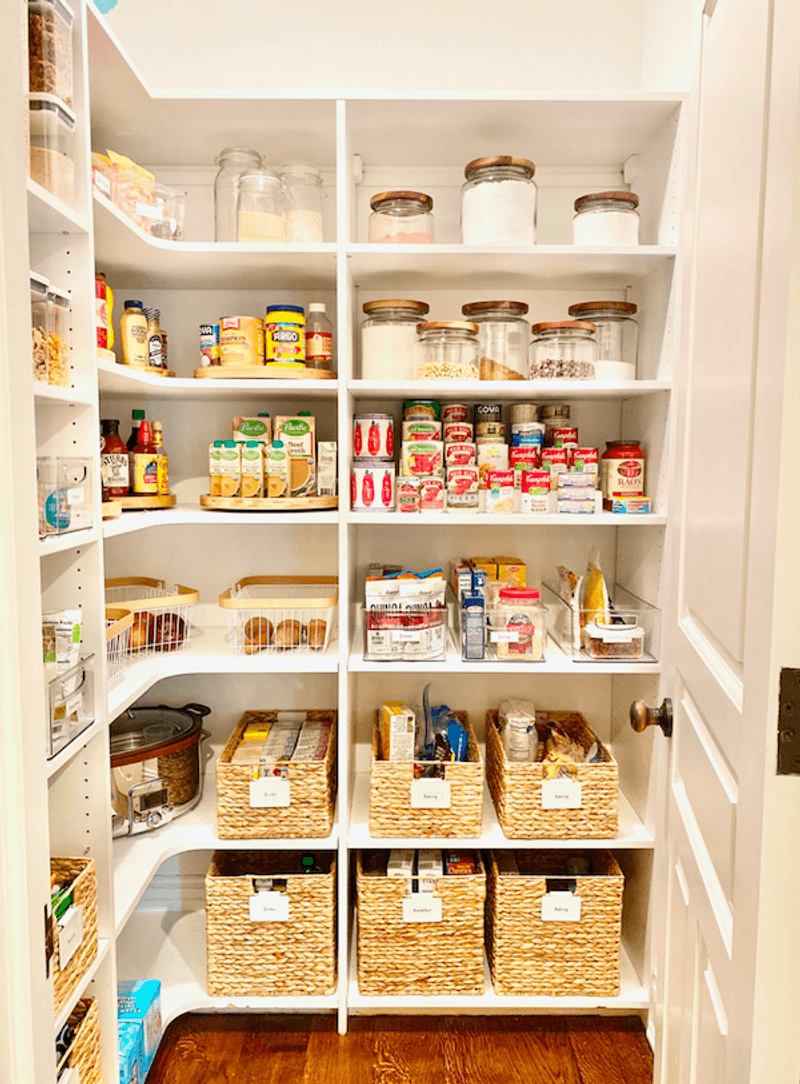
Implement the ‘first in, first out’ rule in your kitchen. Move older items to the front and place new ones behind. This organization ensures you use food before it expires, reducing waste. It’s a straightforward method to keep track of your inventory. By rotating items regularly, you maintain freshness and make meal planning easier. This practice is a cornerstone of efficient kitchen management, ensuring every purchase is utilized fully and nothing goes to waste.
